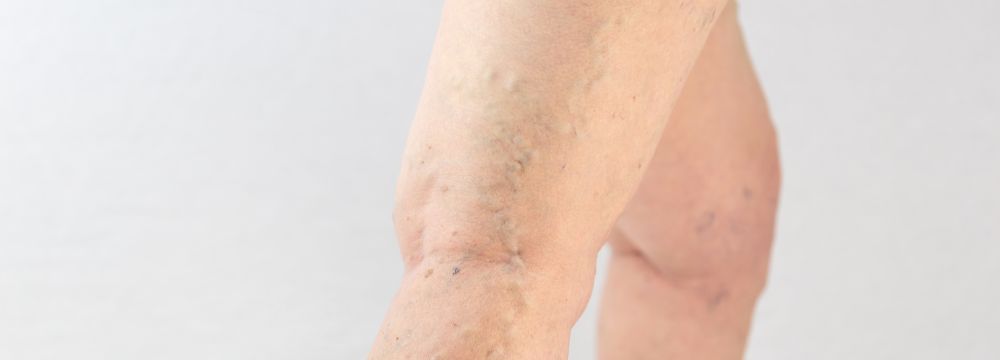As you may know, we have two main types of large blood vessels in our bodies – the arteries and veins. While they run along the same body areas, arteries are buried deep within us while veins are closer to the surface. Why? They serve very different purposes. The arteries are the high blood pressure vessels that take richly oxygenated blood and move it around the body. Veins, on the other hand, are low-pressure blood vessels that take oxygen-depleted blood back to the heart and lungs to be replenished. Either blood vessel can become blocked, but the consequences of each blockage are very different.
Arterial Blockage
When an artery is partially blocked, oxygen-rich blood can no longer be efficiently delivered to the area of the body served by that artery. If the blockage is in an artery supplying the heart, a heart attack often occurs, typically preceded by angina or chest pain. When arteries that supply the extremities get blocked, a condition known as peripheral artery disease or PAD occurs, which can start with minor extremity pain during exercise and can end up as a limb-threatening situation if left untreated.
Venous Blockage
Blockage of a vein due to a blood clot, known as a thrombus, typically occurs in patients with poor blood flow in the extremities. This can also be caused by excessive sitting, airplane travel, and other conditions. Many vein issues are primarily cosmetic, like spider veins and varicose veins. However, vein issues can be severe too. Known as Deep Vein Thrombosis or DVT, these blockages. DVT occurs, as the name suggests, in the deep veins in the extremities rather than the superficial veins that we can see through our skin. Because they are so deep, DVT can be difficult to detect. Most problematic is if one of these clots dislodges and travels to the lungs, where it can cause a pulmonary embolism and potentially death if not treated immediately.
Many arterial and venous disease symptoms overlap, so there is no surefire way to know the difference without a proper diagnostic workup. Whether arterial or venous disease, issues associated with blood vessels should be seen and diagnosed by your cardiovascular specialist as soon as possible, for more information on peripheral artery disease and other disorders of the arteries, please get in touch with our office for a consultation with Dr. Farrugia.


Recent Comments